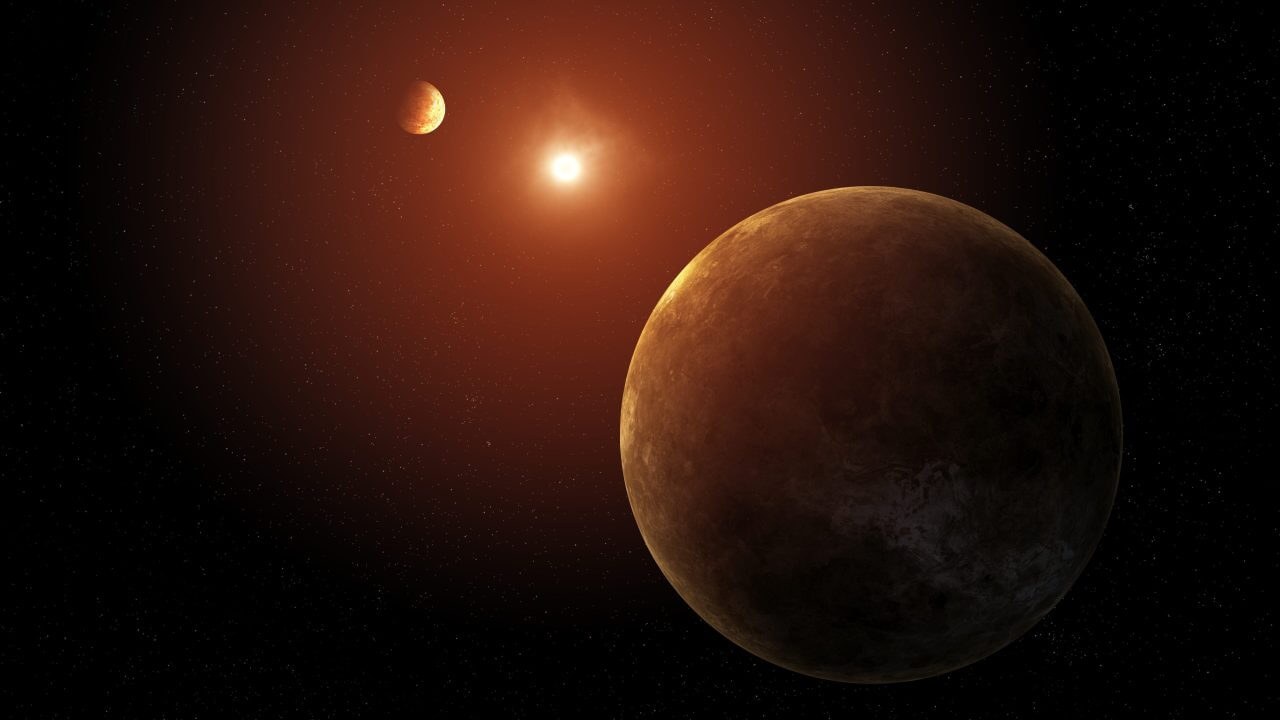Please watch this video first. Seven small dots rotating at various speeds around a large orange dot make a sound each time they go around a circle. The pitch of the rhythmically played notes differs from point to point, and unique chords are played depending on the combination of points with the right timing.
【▲ 動画:The Sounds of a New Planetary System (NASA Data Sonification)】
(Credit: Bishop’s University /Jason Rowe)
This video, which seems like a kind of art, depicts exoplanets (including candidates) orbiting the star Kepler-385, located approximately 4,670 light years away in the constellation Cygnus. ) was created using the sonification
method. Kepler-385 is a star that is approximately 10% larger in diameter and has a surface temperature approximately 5% higher than the Sun.
*…A method of conveying information such as images using nonverbal sounds. Also known as audible.
Three exoplanets and four exoplanet candidates have been found in Kepler-385 so far, and there is a possibility that there are seven planets in total. Two of these planets are expected to be slightly larger in diameter than Earth and have thinner atmospheres, and the remaining five planets are expected to be approximately twice the diameter of Earth and have thicker atmospheres.
[▲ An imaginary drawing of an extrasolar planet orbiting the star “Kepler 385” (Credit: NASA/Daniel Rutter)]
The exoplanet orbiting Kepler-385 and its candidates were discovered from observation data from the National Aeronautics and Space Administration’s (NASA) Kepler Space Telescope, which was launched in March 2009. The main mission of the Kepler Space Telescope ended in 2013 due to a failure of part of the reaction wheel used to control the aircraft’s attitude, but the extended mission “K2”, which also uses thrusters for attitude control, continued until 2018. .
[▲ Image diagram showing the orbits of seven exoplanets orbiting the star “Kepler 385” (Credit: NASA/Daniel Rutter)]
According to a research team led by Jack Lissauer of the Ames Research Center, the orbital period of the seven planets is about 86 days for the outermost planet, and only about 0.6 days for the innermost planet. In other words, the seven planets are orbiting very close to Kepler-385. Comparing the energy per unit area incident on the planets, each planet in Kepler 385 receives more energy than any other planet in the solar system, which NASA describes as “hot as hell.” Masu. A paper summarizing the results of the research team that reexamined Kepler’s observational data will be published in The Journal of Planetary Science, and a preprint is available on arXiv.
Source NASA– Scorching, Seven-Planet System Revealed by New Kepler Exoplanet List Bishop’s University– New Kepler Exoplanet Catalogue Reveals Exoplanet Architectures and Multiplanet System Lissauer et al.
– Updated Catalog of Kepler Planet Candidates: Focus on Accuracy and Orbital Periods (arXiv)
Text/sorae editorial department


